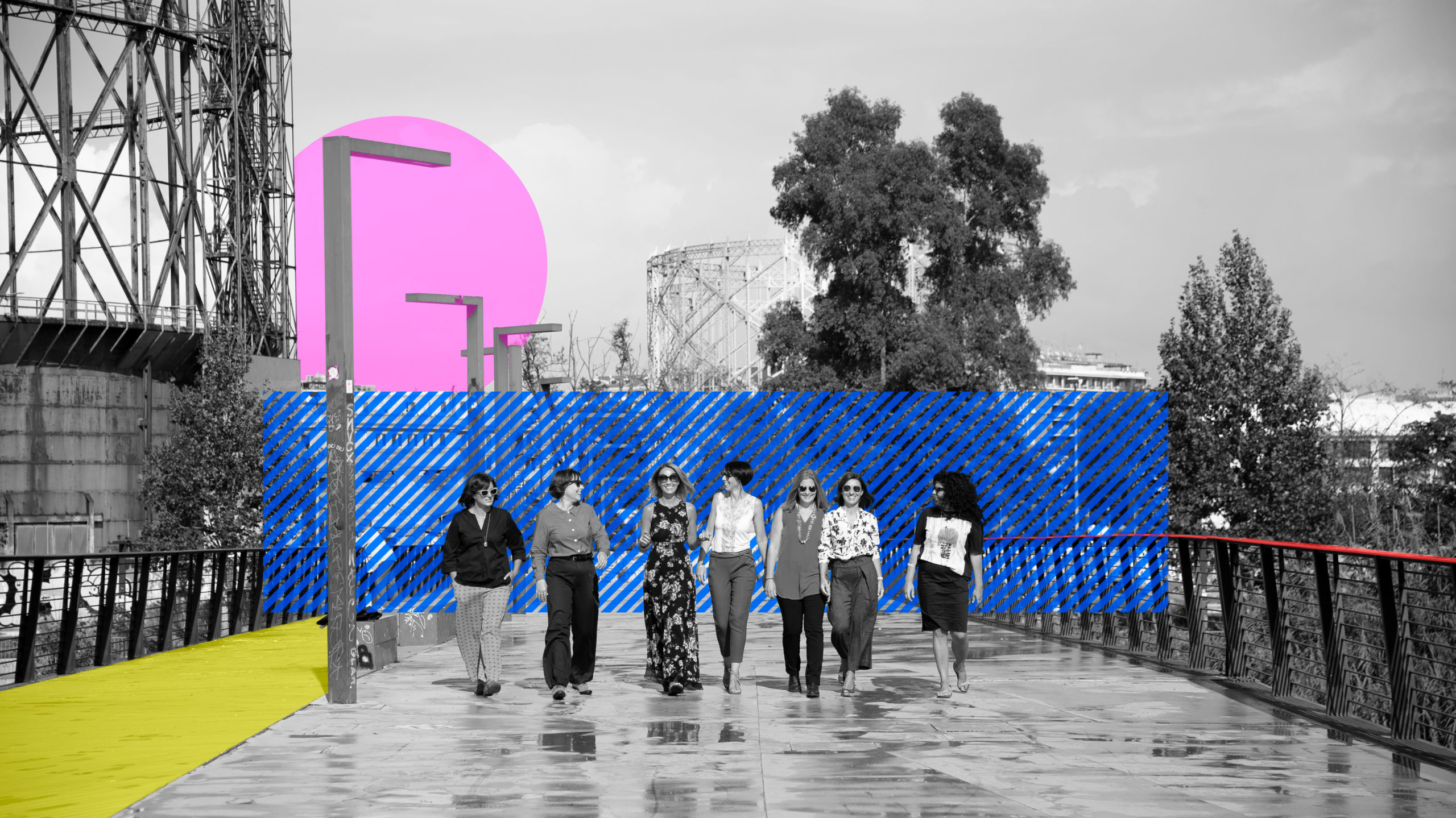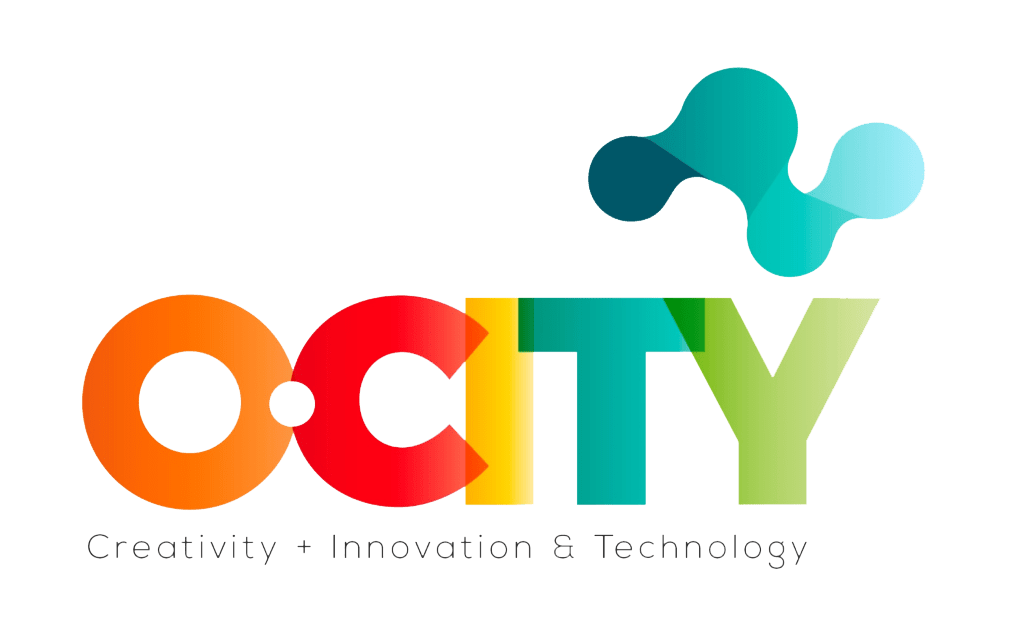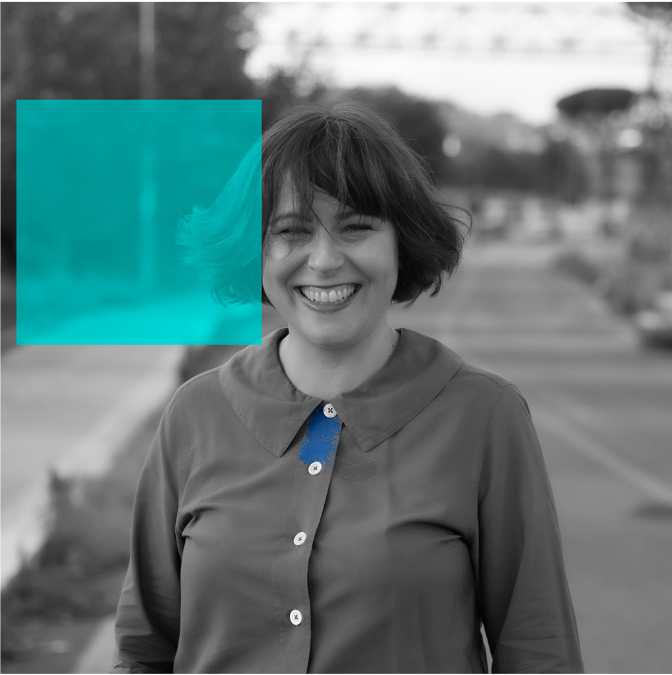Below is a brief interview with Antonia Silvaggi, Co – founder of Melting Pro, Project Manager and Head of skills. Antonia Silvaggi is a researcher, trainer and project manager of international cooperation projects in the field of audience development, storytelling and creative entrepreneurship. Head of Skill at Melting Pro, a consultancy organisation active in the field of culture, she is involved in the ADESTE PLUS project Creative Europe on organizational change and audience focused organizations. She was also involved in the Mu.SA- Museum Sector Alliances and in the Erasmus Plus Knowledge Alliances project CONNECTING AUDIENCES.
Antonia Silvaggi has a background in Archeology, and a Master degree in Management and Governance for not for profit organisations at the Luiss Business School of Rome.
How the idea of Melting Pro was born, what goals you had and where you are today?
We are a group of seven young professionals who come from the world of Humanities, Human Sciences and Communication, and we decided to establish
Melting Pro in a time of crisis: it was 2011. As a group we have always been aligned on the values of empathy, respect, social justice, environmental and cooperation, and we share the same vision and have the goal of bringing about a strong change in how cultural organizations relate to their audiences. We have always considered ourselves, a dynamic cultural enterprise, which sees in the forms of art and creativity the potential to transform society.
As soon as we were born, according to the Italian law, we had a very lean legal form, the cultural association. It was a good way for us to experiment with it. Later, in 2014 we decided to make the leap, opening a cooperative, a for profit branch, alongside the association, to meet the need for change in the cultural and creative field, by promoting the development of strategic skills for those working in the field, including through many international projects.
Our activities revolve around several thematic areas including: creative regeneration and development of territories, audience development, development of entrepreneurial skills in the cultural and creative sector and storytelling. We also founded a magazine, Conectando Audiencias Italia, born from the collaboration with our Spanish partner Asimétrica and in the articles and interviews we address issues related to the sustainability of cultural organizations and the involvement of the public.
How do you pursue social and cultural sustainability? If you want, you can refer to some of the projects.
Planning is a tool to carry out our vision. We support organizations in the elaboration of strategies, models, projects and policies aimed at producing the development of territories and encouraging community participation in cultural events. This happens, for example, in the Adeste Plus project, which involves a partnership of 15 entities in 11 cities in 7 European countries and was created to develop innovative organizational and management models for the cultural and creative sector.
We work to develop the empowerment of individuals, organizations and communities, participating dynamically in their strategic growth, as in the Parch
project, where we fight against the educational poverty through an innovative educational model, based on the use of creative methodologies and on the active and planning relationship with the territories, with a view to urban regeneration. Or, the project such as Eureka – European Urban REgenerators – Knowledge Alliance, just started, where we are looking at the skillset of the urban innovator.

How important is it today to invest in culture and what initiatives should a country like Italy promote?
Italy works a lot at the European level, if compared to other countries, but invests less, and this is a pity considering all our tangible and intangible heritage. In addition, the initiatives financed, which are few compared to the complexity of cultural realities, are not periodic, do not have a regular cadence and this does not allow for effective planning.
We also invest little in collaborations and networks, only a few providers do so, we need more opportunities to exchange best practices and knowledge at the national level, as is done in Europe. Sometimes there seems to be a lack of vision at both the local and national level.
I think we should invest a lot in the training of appropriate professional figures. In fact, I think it’s also primarily a matter of a change in mentality. In a report we did on digital skills in the museum sector in Italy, Mauro Felicori, then director of the Reggia di Caserta, said, “New technologies are largely undervalued because the communicative role of the museum is undervalued,” and I would add of people: we should relate more to people and sectors other than our own.
Tell us about the impact on the area that some of the projects you have developed have had and how you see the potential of the O-City project?
When we plan an action, a project, we always start from the people, their needs, desires, we make a research as deep as possible and we focus on the change that can bring, we ask ourselves how it can improve a given situation, how we can solve the challenges on the territory.
When we carry out urban regeneration activities the impact is tangible, with an artistic intervention, with a renovation, or with the skills developed and the networks activated on the territory. We try to set ourselves long-term indicators and monitor change, even if we are not always able to make ex-post evaluations.
O-city has the potential to connect different citizens, – students, teachers, trainers – with the aim of confronting each other on the skills needed for the enhancement of cultural heritage. If well disseminated and by engaging the right stakeholders, it has a lot of potential. Very useful is the idea of a shared platform for the development of skills and competences and another that maps the territory highlighting its historical, artistic and natural heritage. In order to promote the philosophy of the project, it would be interesting to make available tour guides or tourist information points, some training modules, such as the one on photography or the one on how to make an infographic. Today there is a need to find more direct, fun and engaging methods to
make the public passionate about culture.

